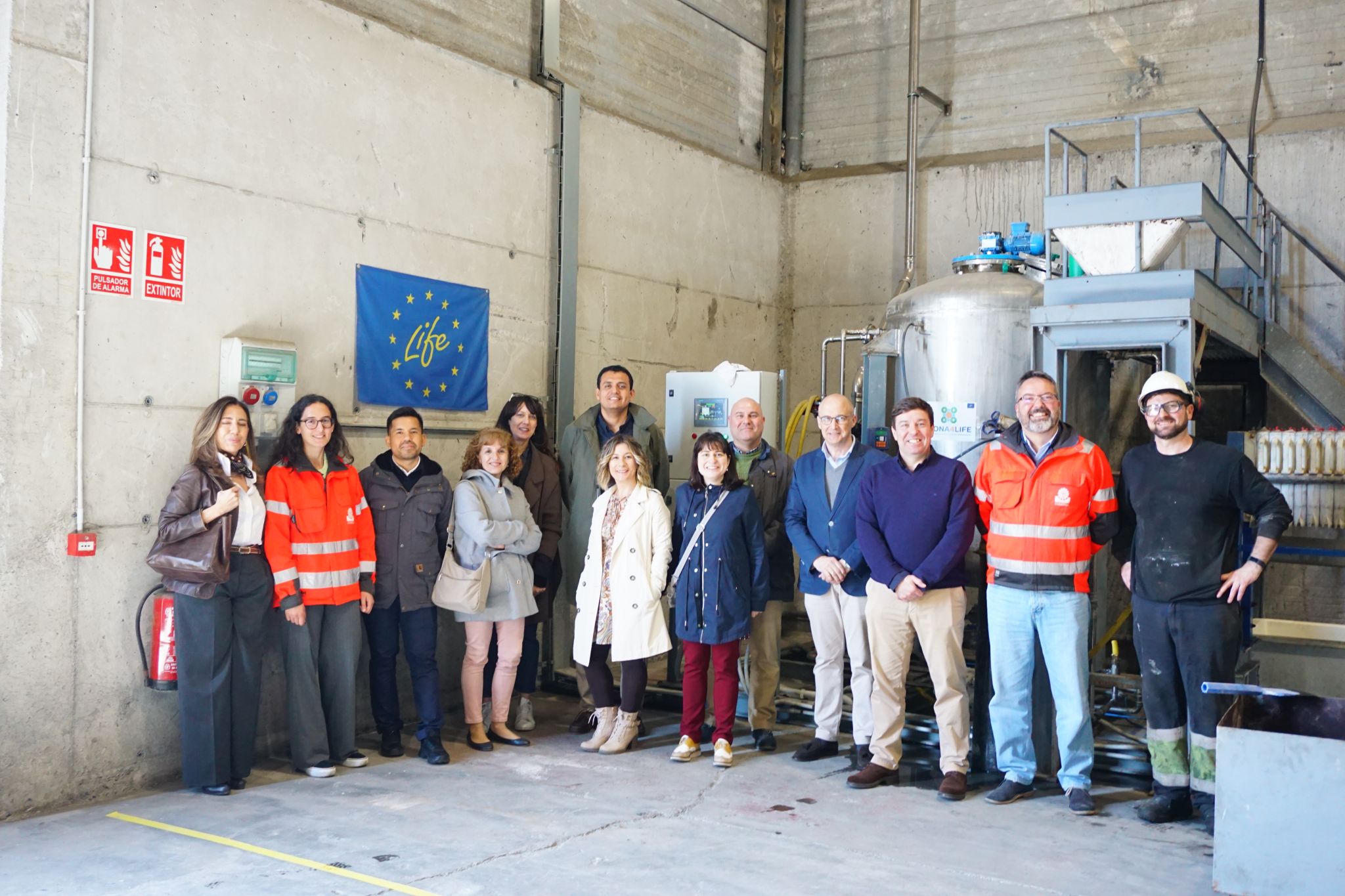
On 8–9 April 2025, the Z-ONA4LIFE consortium gathered in Gijón, Spain, for a two-day series of meetings marking an important checkpoint in the project’s implementation. The agenda included an internal consortium meeting on 8 April, followed by the Second Project Review Meeting with representatives from the European Climate, Infrastructure and Environment Executive Agency (CINEA) on 9 April.
Internal Consortium Meeting
The internal session brought together all project partners for a collaborative discussion on progress made since the last review. The meeting focused on updates from the technical, policy, communication, and exploitation work packages, with dedicated discussions on:
- The current status of laboratory-scale research on zeolite synthesis
- Preparations for the pilot plant development phase
- Policy and legislative analysis to support waste-based zeolite adoption in Europe
- The editorial plan and ongoing dissemination and stakeholder engagement efforts
The session helped reinforce coordination across partners and align the next steps leading to the project's upcoming milestones in 2025.
Second Project Review with CINEA
The second official Project Review Meeting, led by the European Commission's CINEA agency, provided an opportunity to evaluate the project's progress and impact to date. The consortium presented achievements across several key areas:
- Policy analysis & stakeholder engagement
- Business modelling and exploitation
- Designing the pilot plants to produce waste-based zeolites
The review provided valuable feedback, with recommendations to further improve the work conducted by the Z-ONA4LIFE team.
A visit to the Z-ONA4LIFE Pilot Plant at Alusigma
To close the review, the Z-ONA4LIFE team visited the site of the pilot plant that will be constructed by project partner Alusigma S.A. in 2025. The facility serves as a testing ground for scaling up the production of waste-based zeolite derived from aluminium salt slag and other secondary raw materials - an essential step in moving from laboratory success to industrial application.
The visit offered an important opportunity to visualise the upcoming infrastructure and reflect on the project's long-term ambition: to contribute to a more circular and sustainable European industrial ecosystem.